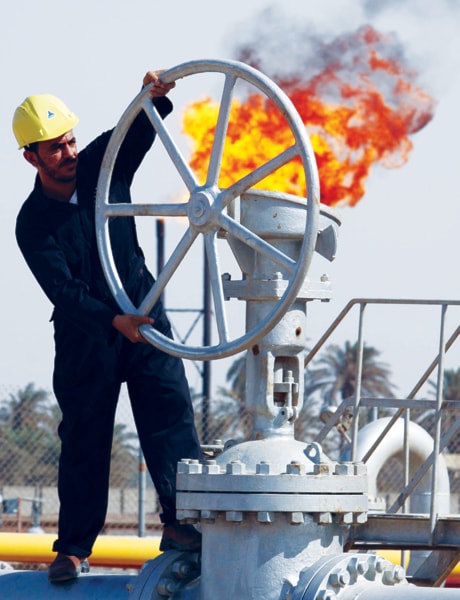SIOUX FALLS, S.D. — Oil prices wavered near US$64 a barrel Monday as encouraging quarterly reports from several companies were offset by what could be an extended period of weak demand for energy.
Benchmark crude for August delivery rose 42 cents to settle at $63.98 a barrel on the New York Mercantile Exchange.
The U.S. Energy Information Administration is likely to report that supplies of gasoline, crude and natural gas in storage rose, said Alaron Trading Corp. analyst Phil Flynn.
If Flynn is right, it could suggest that a run-up in prices this year has been premature.
While crude in storage has been drained off in recent weeks, there has been a build up at a crucial facility in Cushing, Okla., which not only feeds a number of major refineries but is also where oil traded on Nymex is stored.
Still, oil prices continue to be buoyed by the weak dollar and perhaps the political turmoil in Iran. Crude has risen for four straight days.
Flynn said there is finally some interest in the unfolding events in a major oil-producing country, which could disrupt supplies in the future and possibly force crude prices higher. Violence in Nigeria, Ecuador and Iran have failed to have the same effect that they would have last year.
Still, negative comments from the CEO of Halliburton helped push natural gas prices lower for most of the day.
Profits for oil service companies like Halliburton Co. and Weatherford International Ltd., which both reported second-quarter earnings Monday, have plummeted all year long.
Natural gas eventually gained 2.2 cents, at $3.838 per 1,000 cubic feet.
The American Iron&Steel Institute reported a 5.9 per cent increase in steel shipments from April to May, and, according to the EIA, U.S. steel mills in 2002 consumed the equivalent of 8.9 per cent of the average open interest of the Nymex natural gas contract.
Steel makers and manufacturers are major users of natural gas.
Yet analyst and trader Stephen Schork said steel production remains a little more than half of where it was during the 2002 recession, “a stark reminder of how far we had fallen and how far we still have to go.”
